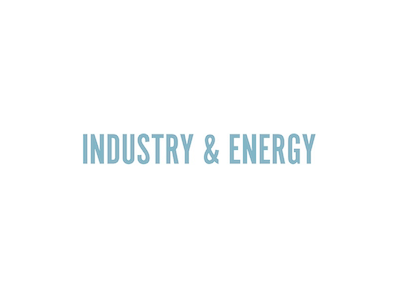The Netherlands – The Maasvlakte 2 wind farm project has been added to the portfolio of Ballast Nedam.
Ballast Nedam will install turbine foundations, park cabling, and connect to the substation for the Maasvlakte 2 wind farm project. The design work is currently in full swing, and construction is scheduled to begin in early 2022. The wind farm is scheduled to be completed by the end of 2022.
Eneco has contracted Ballast Nedam to build wind turbines on the sea defences in the Rotterdam harbor area. Rijkswaterstaat is the wind farm’s initiator, and it will supply all of the electricity for the next 25 years. The wind farm, which has a capacity of 166.7 MW, is being developed in close collaboration with the municipality of Rotterdam, the province of South-Holland, the Port of Rotterdam, the State Property Department, and the Ministry of Economic Affairs and Climate Policy. As a result, the wind farm will be Eneco’s largest onshore wind farm, generating more than 400 GWh of green electricity per year.
Installing 22 wind turbines
Ballast Nedam is implementing the 22 wind turbines on both ‘hard’ and’soft’ sea defenses in collaboration with turbine manufacturer Vestas. The ‘hard’ sea defenses are made up of a dike body with a paved surface on top and large boulders in the surf. On the land side of the dyke, ten turbines will be installed. The’soft’ sea defences are made up of a beach and dunes, with the remaining twelve turbines placed on the beach in front of the sand dunes. The wind farm’s design and construction will be difficult in these locations. Water safety, accessibility, and logistics around turbine locations, for example, must all be considered.
The wind turbines on the ‘hard’ sea defences will be built on a concrete foundation with a reinforced soil construction that will be placed against the dike’s body. On the’soft’ sea defences, a foundation is used, for which Ballast Nedam’s monopile solution is used. A tried-and-true offshore concept that we have translated for this project into the construction of such foundations nearshore. This is a novel development in the wind energy sector because it is the first time a wind turbine has been built on a land monopile. This type of construction is advantageous in several ways: it has a lower impact on the seabed and is slimmer, allowing for more space for recreation in the area around the wind turbines.
Contribution to climate goals
The wind farm makes a significant contribution to the Netherlands’ climate goals, which include generating 70% of all electricity from sustainable sources by 2030. It also meets the Ministry of Infrastructure and Water Management’s sustainability ambitions of becoming energy-neutral by 2030, as well as the renewable energy goals of the province of South-Holland, the municipality of Rotterdam, and the Rotterdam Port area.





